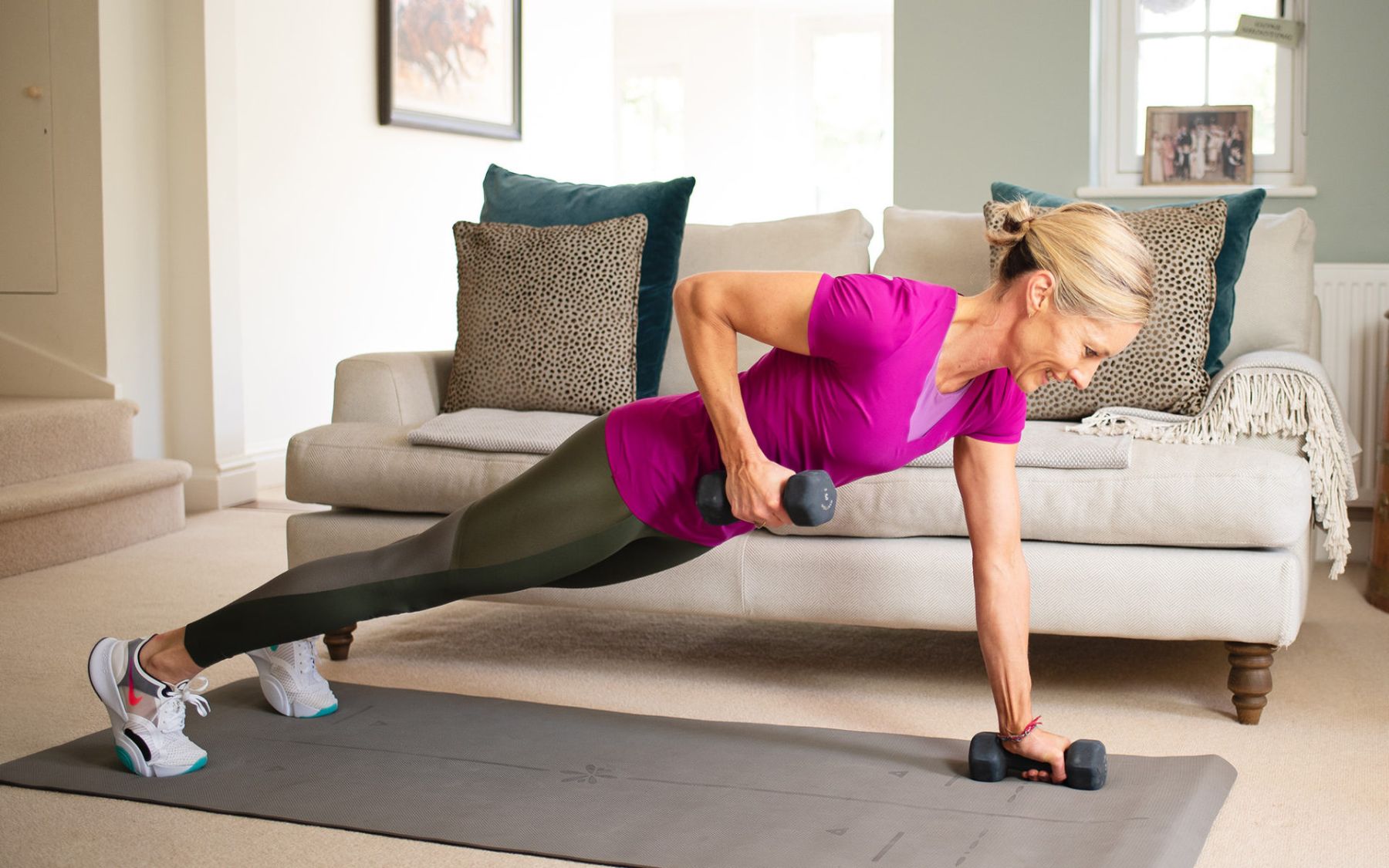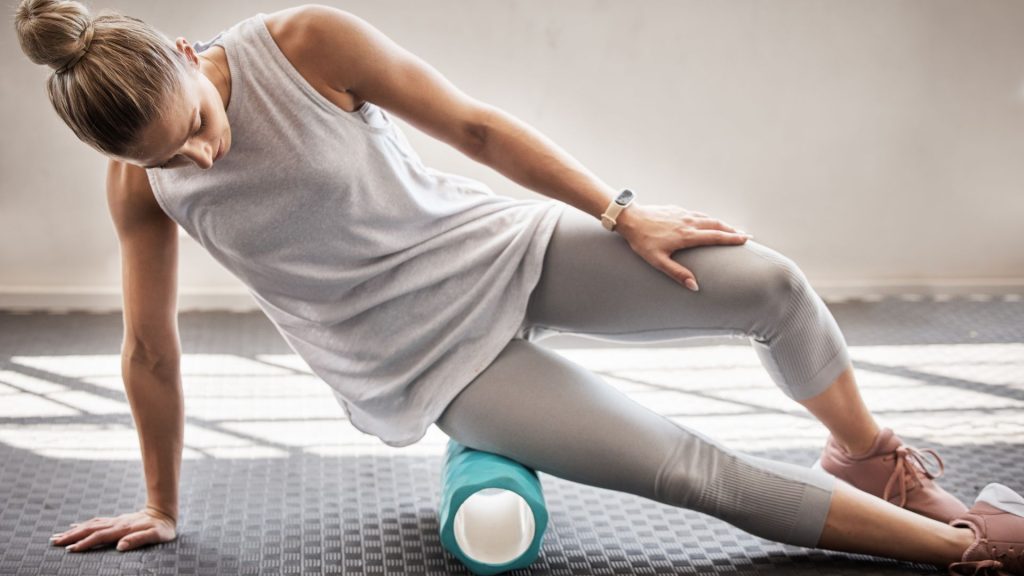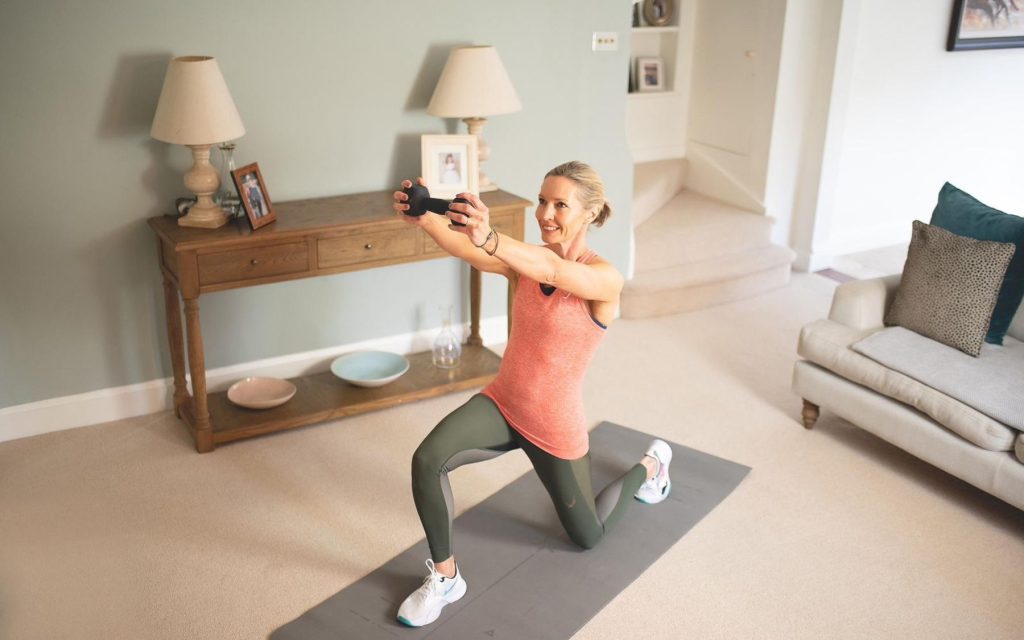
How to Train Your Back Muscles Effectively
A well-trained back is not only an area I am often asked how to target but also a vital part of building overall strength, posture, and injury prevention. Your back muscles are involved in virtually every upper-body movement, making them essential for functional fitness. From the latissimus dorsi (lats) to the trapezius and rhomboids, training your back effectively requires a combination of technique, targeted exercises, and consistency. Here’s how I go about targeting the back muscles.
Understand the Anatomy of the Back
Before jumping into exercises, it’s important to know the primary muscles you’re working:
- Latissimus Dorsi (Lats): These are the broad, fan-shaped muscles that give your back its V-taper.
- Trapezius (Traps): Located in the upper back, the traps help with posture and shoulder movement.
- Rhomboids: These smaller muscles connect the shoulder blades to the spine and help retract the scapula (shoulder blade).
- Erector Spinae: Running along your spine, these muscles assist with posture and spinal extension.
Understanding these muscles helps you choose exercises that target specific areas of your back for balanced development.
Start with Compound Movements
Compound exercises are the cornerstone of any effective back workout. They engage multiple muscle groups and allow you to lift heavier weights, building strength. Here are some must-haves:
- Deadlifts: The king of back exercises, deadlifts work your entire posterior chain, including the erector spinae, traps, and lats. Focus on proper form, keeping your back straight and engaging your core.
- Bent-Over Rows: Whether using a barbell or dumbbells, bent-over rows are a staple for mid-back development. Maintain a neutral spine and control the weight throughout the movement. These can be done single arm or both together.
You will find plenty of both of these in my classes!
Incorporate Isolation Exercises
While compound lifts are essential, isolation exercises help target specific back muscles for more detailed development. Try these:
- Dorsal Lifts: Lying on your front gently lifting the head and upper body up away from the mat – a very targeted back exercise.
- Single Arm Rows: With a neutral grip, single arm rows effectively target the mid-back and lats.
Focus on Form and Mind-Muscle Connection
When training your back, proper form is crucial to avoid injury and maximise muscle activation. Common mistakes like using momentum or neglecting the full range of motion can undermine your efforts. You will hear me calling out instructions about controlling the movement and not swinging through to keep the focus on your form!
Developing a mind-muscle connection helps you feel the targeted muscles working during each exercise. For instance, during a deadlift, actively think about engaging your lats to keep your back straight as you hinge forward.
Don’t Forget Progressive Overload
To see continuous growth, progressively increase the resistance or intensity of your workouts. This can be achieved by adding weight, increasing reps, or adjusting the tempo of your lifts.
Train Consistently and Allow Recovery
Aim to train your back muscles 2-4 times per week, depending on your overall programme. Recovery is just as important as training, as muscles grow during rest. Incorporate rest days and focus on proper nutrition, including adequate protein intake. All of my classes involve training the back as posture and back and core engagement is paramount when lifting weights so training your back is a daily occurrence but specific training 2-4 times per week in classes is plenty to improve strength.
Stretch and Strengthen for Longevity
Incorporate mobility exercises and stretches for your back to maintain flexibility and prevent stiffness. Foam rolling and dynamic stretches can also aid recovery and improve performance over time.
Training your back muscles effectively requires dedication and variety. By incorporating compound lifts, isolation movements, and a focus on form and progression, you’ll build a stronger, more balanced back that enhances your functional strength. Whether you’re a beginner or an experienced lifter, these principles will help you achieve your goals. Don’t forget maintaining good posture whilst sitting and standing will engage those back muscles as well!
As always, any questions, please do get in touch.
Caroline x



